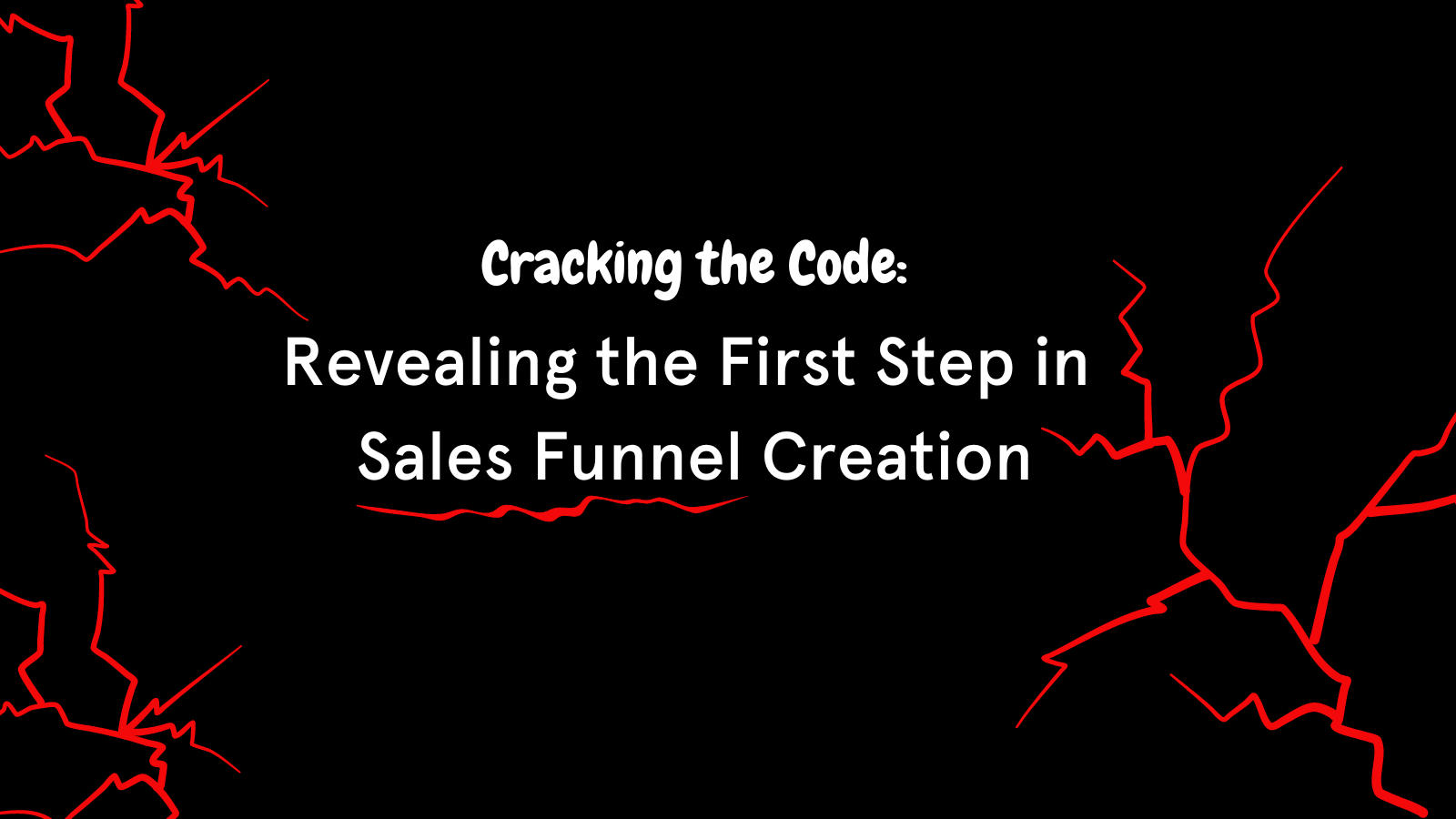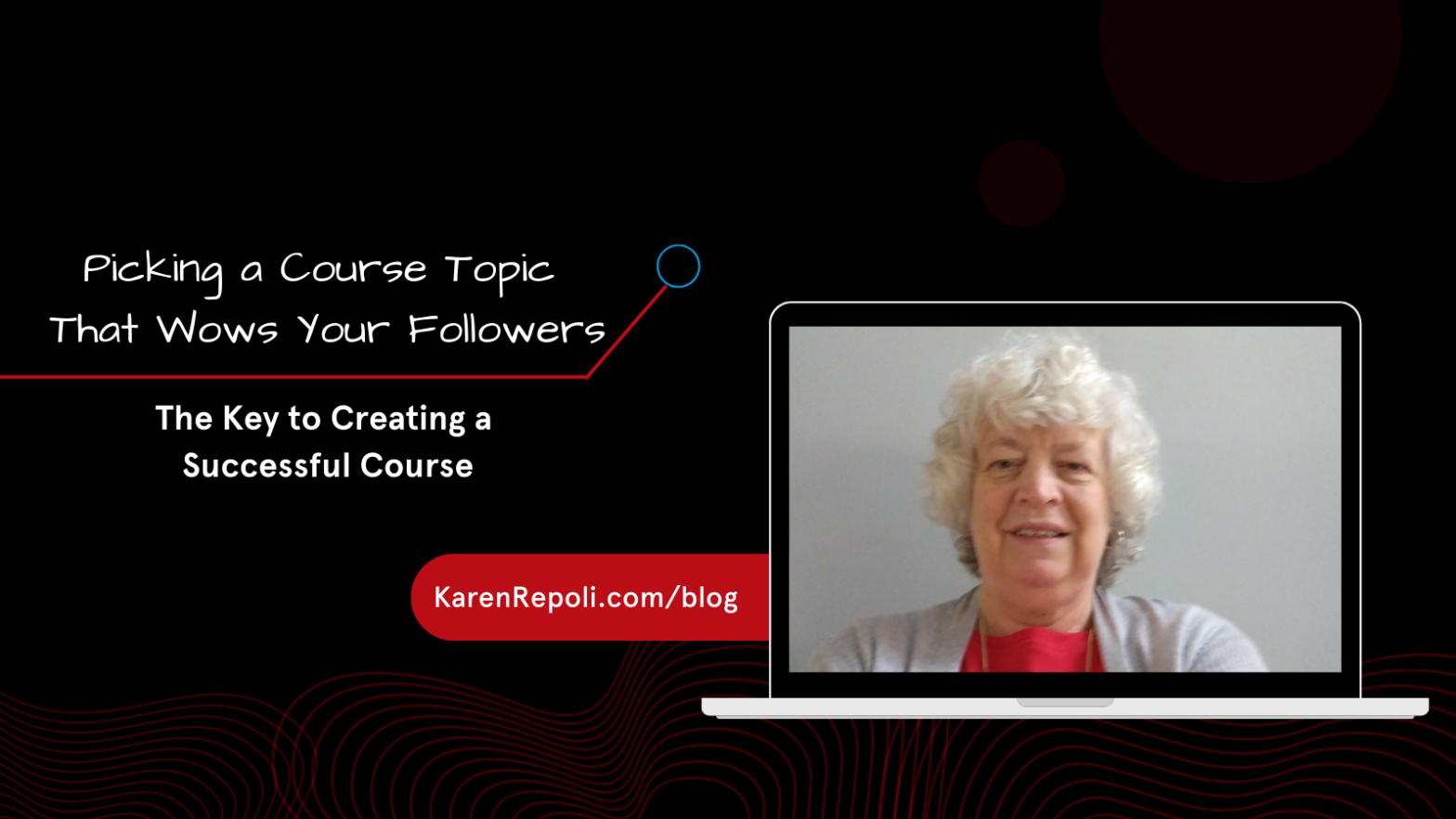Sales funnels are an essential component of any successful business. They help to guide potential customers through a systematic process, from the initial awareness stage to making a purchase. By implementing a sales funnel, you can effectively nurture leads, build relationships, and ultimately increase your sales.
The Purpose Of A Sales Funnel
Understanding customer behavior is crucial to maximizing revenue. It’s a well-known fact in business that acquiring a new customer can cost up to five times more than retaining an existing one. And that’s exactly what your sales funnel is designed to do:
- To increase the value of your average customer by strategically offering additional or related products
- To make the right offer at the right time (creating a “no brainer” sale your clients can’t resist)
- To make the most of every tool and strategy at your disposal
You very likely already have a sales funnel in place. In fact, if you’re selling anything online, I can guarantee you do have a funnel—but unless you’ve designed it with some specific goals in place, it’s probably not doing its best work for you.
The best sales funnels lead naturally from one product to the next, just as your free funnels lead from low-commitment to increasingly higher commitment offers. The main difference is that free funnels end when a sale is made. In a sales funnel, the goal is to create more sales from a single client, thereby increasing the average value of every single sale.
It all starts with Product Inventory & Categorization
 Your sales funnel will not work well if you’re simply offering random product after random product. Think about what happens when you visit Amazon to buy a coffee maker. As you’re browsing, Amazon shows you items that are “frequently bought together” and those that “Customers who bought this item also bought.”
Your sales funnel will not work well if you’re simply offering random product after random product. Think about what happens when you visit Amazon to buy a coffee maker. As you’re browsing, Amazon shows you items that are “frequently bought together” and those that “Customers who bought this item also bought.”
Helpful for you? Yes. Helpful to Amazon’s bottom line? Definitely. But it would be neither if, while you’re shopping for coffee makers, Amazon is showing you electric razors, cell phone cases, and diaper bags.
The key to increasing the average sale value is to carefully choose which products and services make sense at the time you’re presenting them.
That means that before you can build an effective and logical sales funnel, you have to know what inventory you have available. Think of it as designing a storefront. Without knowing exactly what products you’re selling, it’s going to be nearly impossible to build the window displays.
The same is true for your sales funnels. Unless you know what you’re selling, setting up a funnel will be tricky.
So the first step in building a sales funnel is to take stock of your products or services and categorize them accordingly. This will help you determine the different stages of your funnel and create targeted messaging for each stage.
A really solid sales funnel takes into account all levels of products (all price points) as well as all the steps your ideal client might be on in her journey. For example, a business coach might have products ranging from $97 to $9,997 or more. They may range from beginner-level courses to platinum level private coaching, or they may focus exclusively on beginner, intermediate, or advanced strategies.
In fact, many successful online businesses actually make use of several small funnels that all feed into one large, overarching funnel. Begin picturing in your mind how your products lead from one to another. Think of it this way: When you go to college, you cannot simply jump right into a calculus class without first studying algebra.
The same is true if you have multiple levels of products or programs in your funnel. For a business coach, that might mean you have a beginning course about email marketing, and an advanced course about list building. Until a client fully understands the first, the second is not going to be very helpful.
Now you probably already have a good idea which courses or products fit together naturally. You may have even created them in that order based on feedback you received from previous offers.
If your business evolved more organically, though, you may have a mix of products that seem unrelated. If that’s the case, then a good place to start is to simply categorize your business according to:
- The level your clients are currently at (beginner, intermediate, advanced)
- The types of training you offer
Plan to Fill In the Gaps
Once you have a high-level overview of your products and who they might appeal to, it’s time to fill in the blanks—and unless you’ve been systematically building a funnel for a very long time, there will be holes.
Simply put, a hole is this: A lack of a product or program to fill the needs of your client at a specific place in your funnel.
For example, if you’re coaching clients on how to use social media to build a brand following, and you have courses about Facebook groups, Twitter, Instagram and Pinterest, then the obvious holes in your funnel are LinkedIn and YouTube, and possibly others. Looking at your products from another direction, if you have existing products in the beginner space, but nothing for intermediate or advanced clients, that may be a hole to fill as well.
 One important way to identify holes in your offers is to simply listen to what your market is telling you. If your customers frequently ask for help in a specific area or ask for a specific product, that’s a great candidate for a new program or product. Likewise, if you’re referring clients to other entrepreneurs, then clearly there is a need that deserves exploring.
One important way to identify holes in your offers is to simply listen to what your market is telling you. If your customers frequently ask for help in a specific area or ask for a specific product, that’s a great candidate for a new program or product. Likewise, if you’re referring clients to other entrepreneurs, then clearly there is a need that deserves exploring.
Just because you have a hole doesn’t mean you have to create an entirely new product or service to fill it. Doing so might have you stuck on this step for weeks or even months!
Instead, smart entrepreneurs look at their existing services for ideas:
- Can you bundle two or more small programs together to make one amazing offer?
- Can you update a retired product with new information?
- Can you repurpose content you’ve previously created, such as audio or video training, workbooks, or even blog posts?
Keep in mind, too, that not all holes need to be filled. You know your ideal client, and if she’s beyond the beginner stage, then there’s no point in wasting your time and talents creating training for an audience you do not serve.
Create a list of your existing products, their price points and who they serve. By laying out exactly what you have on offer now, you will easily see where opportunities exist—or even where you might combine two or more beginner programs into a more advanced offer.
It can be helpful, too, to organize this list in several ways. Sort by price to find the holes in your low- or high-end offers. Sort by category to find what’s lacking in different areas. Or sort by audience to quickly see where you can branch out to a wider market.
Remember to track the results of your efforts and make adjustments as needed.Filling in the gaps in your sales funnel is an ongoing process. As your business evolves and customer preferences change, it’s important to continually assess and optimize your funnel to ensure maximum conversion rates and sales.
All steps should lead to the finish line
In building your sales funnel, it’s crucial to keep your ultimate goal in mind. What is the desired outcome you want to achieve from your funnel? Is it to generate more leads, increase sales, or build long-term customer relationships?
By keeping your ultimate goal in mind, you can ensure that all steps in your sales funnel are aligned and working towards that objective. Each stage should be designed to move potential customers closer to your desired outcome.
Ask yourself this question: What problem do I solve for my clients?
Now, you might solve lots of problems, from how to build a website to how to run a Facebook ad, but you also have one overarching purpose for your business. This is the basis for your highest level service or product, and it’s the question you should keep in mind as you’re building out your funnel.
Remember the ultimate goal for every funnel you build is to sell that product.
For example, if your top-level coaching program is a 12-month, high-touch VIP group for bloggers transitioning into product creation, then your funnel might look like this:
Step 1: A $97 workshop teaching how to develop a product in a weekend using content they already have.
Step 2: A $497 multi-module training program designed to turn multiple products into a membership/continuity program
Step 3: A 16-week group coaching program to help members focus their branding and message to attract their ideal clients.
 At each step along the way, you should be able to say, “This program relates directly to the primary problem I help my clients solve.”
At each step along the way, you should be able to say, “This program relates directly to the primary problem I help my clients solve.”
If, on the other hand, your funnel is filled with products that teach how to run a telesummit or how to manage your bookkeeping, then you may have a disconnect, as those trainings do not lead naturally to the ultimate goal.
By designing your sales funnel with a clear ultimate goal in mind, you can ensure that all steps are cohesive and working towards achieving that goal. Regularly evaluate and adjust your funnel to optimize its effectiveness and maximize your desired outcomes.
Building a sales funnel is an essential step in growing your business and increasing your sales. By understanding the customer journey, categorizing your products, and filling in any gaps, you can create a targeted and effective marketing strategy. Remember to keep your ultimate goal in mind and regularly evaluate and optimize your funnel to ensure maximum conversion rates and success. With a well-designed sales funnel, you can nurture leads, build relationships, and ultimately drive more revenue for your business. So, take the first steps in building your sales funnel today and start reaping the benefits of a structured and optimized sales process.





Leave a Reply